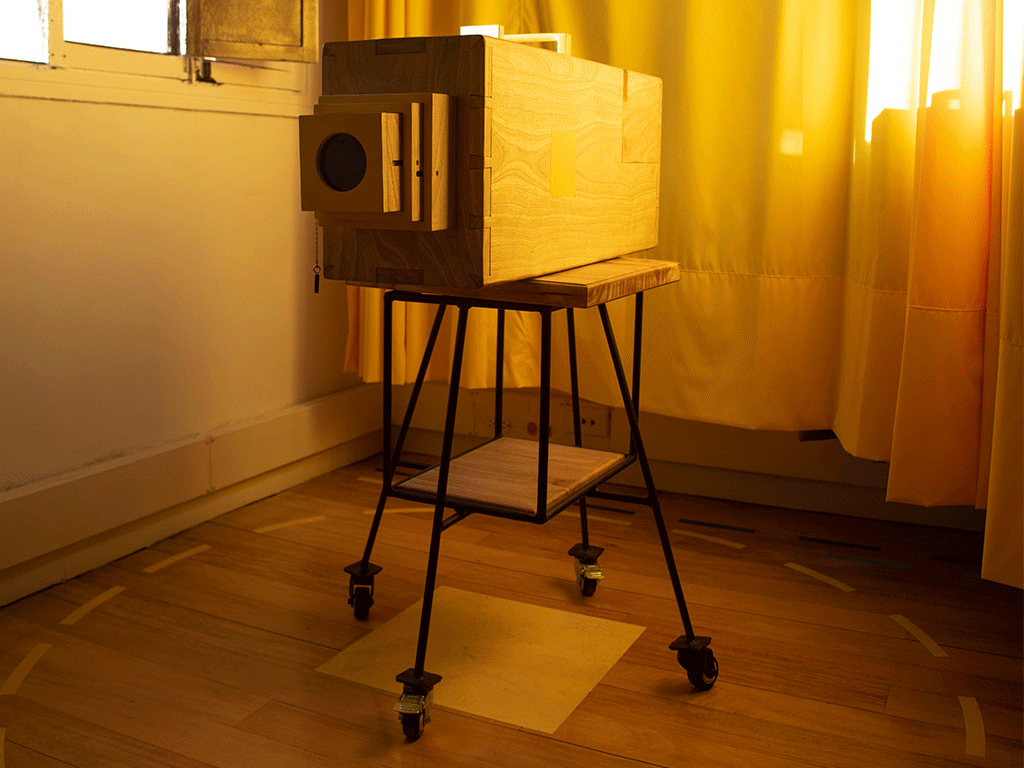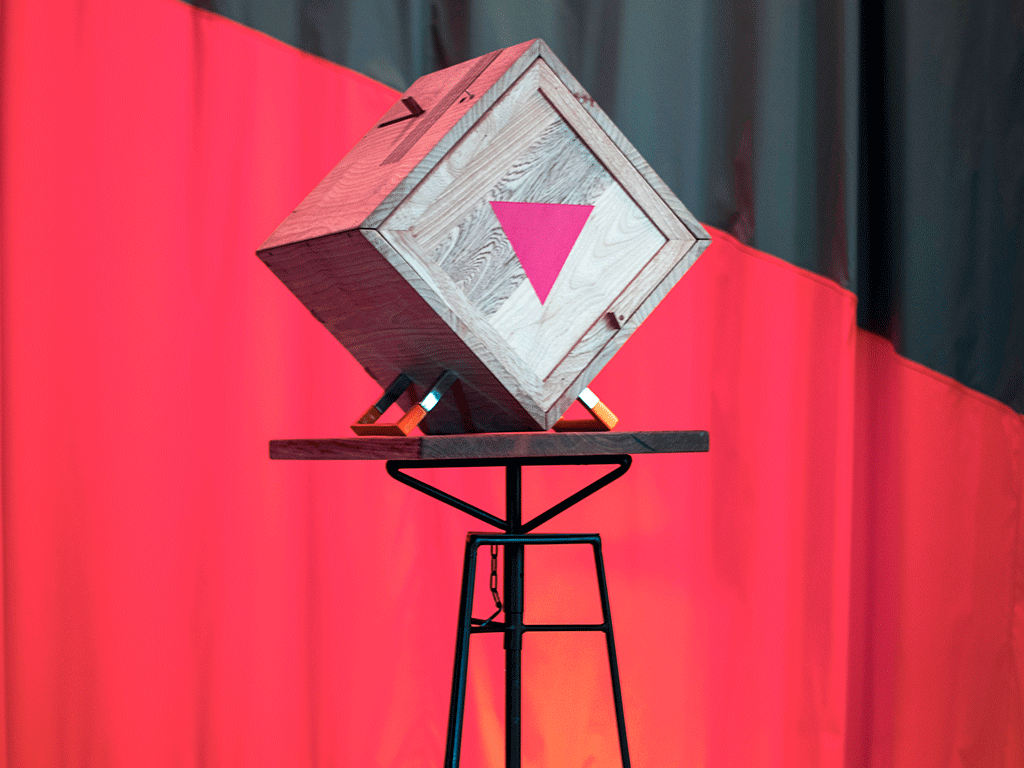 One of the main objectives of the restorative justice process is reconciliation between victims and offenders. These active learning tools are a medium to support psychosocial and restorative dynamics, foster solving conflict dialogs and promote civic participation on the construction of restorative spaces.
One of the main objectives of the restorative justice process is reconciliation between victims and offenders. These active learning tools are a medium to support psychosocial and restorative dynamics, foster solving conflict dialogs and promote civic participation on the construction of restorative spaces.

The project proposes 3 geometries and 3 communication systems to complement the 3 steps of restorative justice’s process: (1) tracing a triangle for building recognition through narratives; (2) to hear in a circle, to facilitate the recollection of testimonies that foster reparation; and (3) projecting in squares, to analyze the offender’s life patterns on the way to construct a solid life plan within his/her reintegration process.

Workshops where victims, offenders, community, families, and professionals from the restorative justice program could learn the concept behind the pedagogical tools were developed. The geometry was the excuse to generate common understandings, dialog, and to foster new social agreements between parts within the restorative process.

Credits:
Project developed as director of horizontal.
Designed by Carlos Medellín, Nicolas Paris, Maria Victoria Londoño, Pablo Londoño, Sebastián Rivera, Pierre Puentes and Julian Bejarano
Client: UNODC and Secretaria Distrital de Justicia of Bogotá